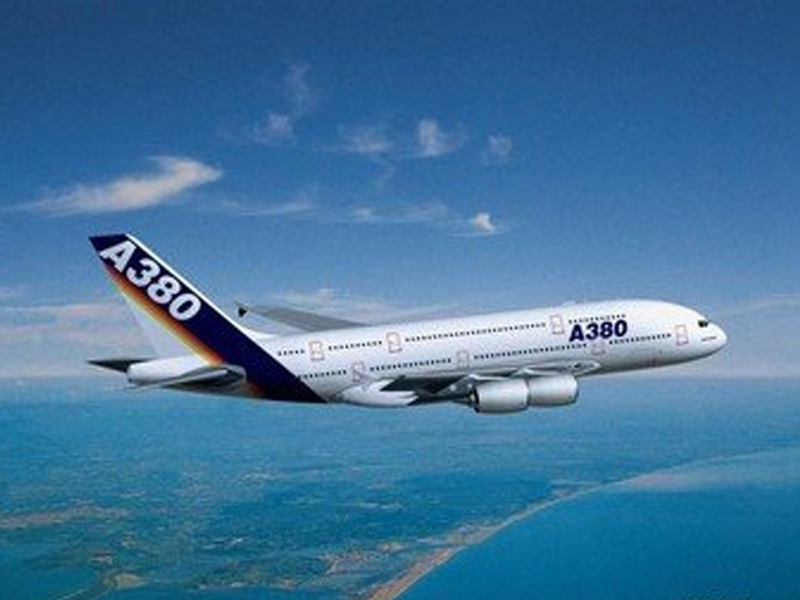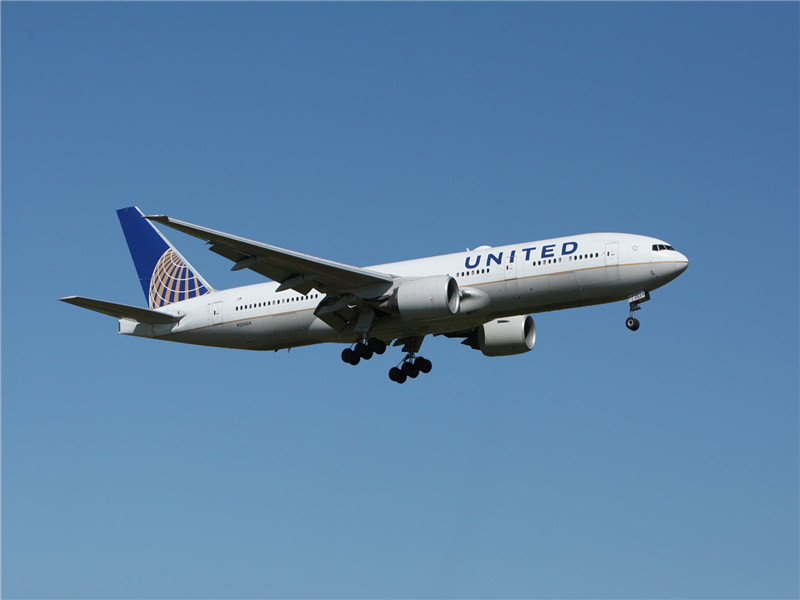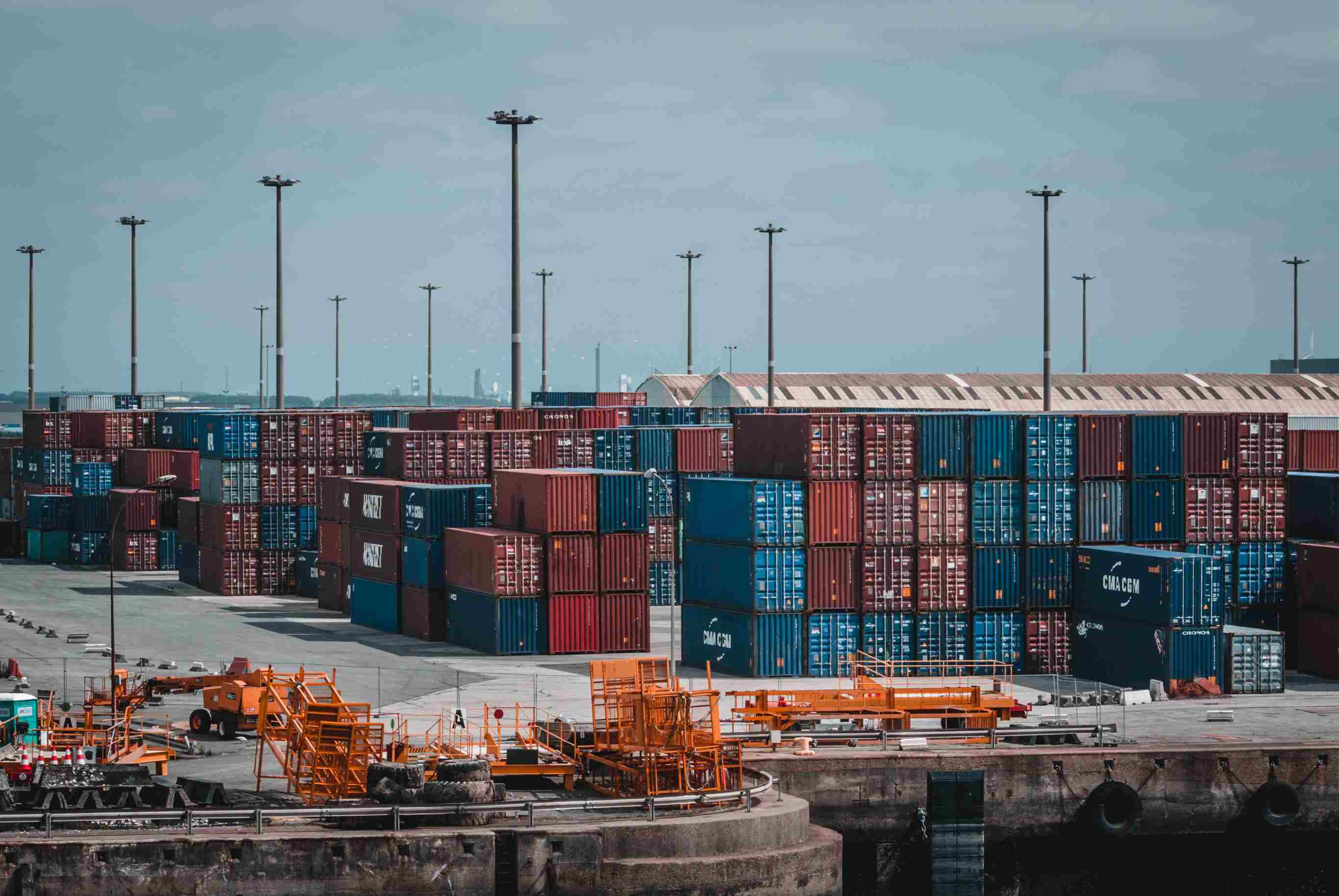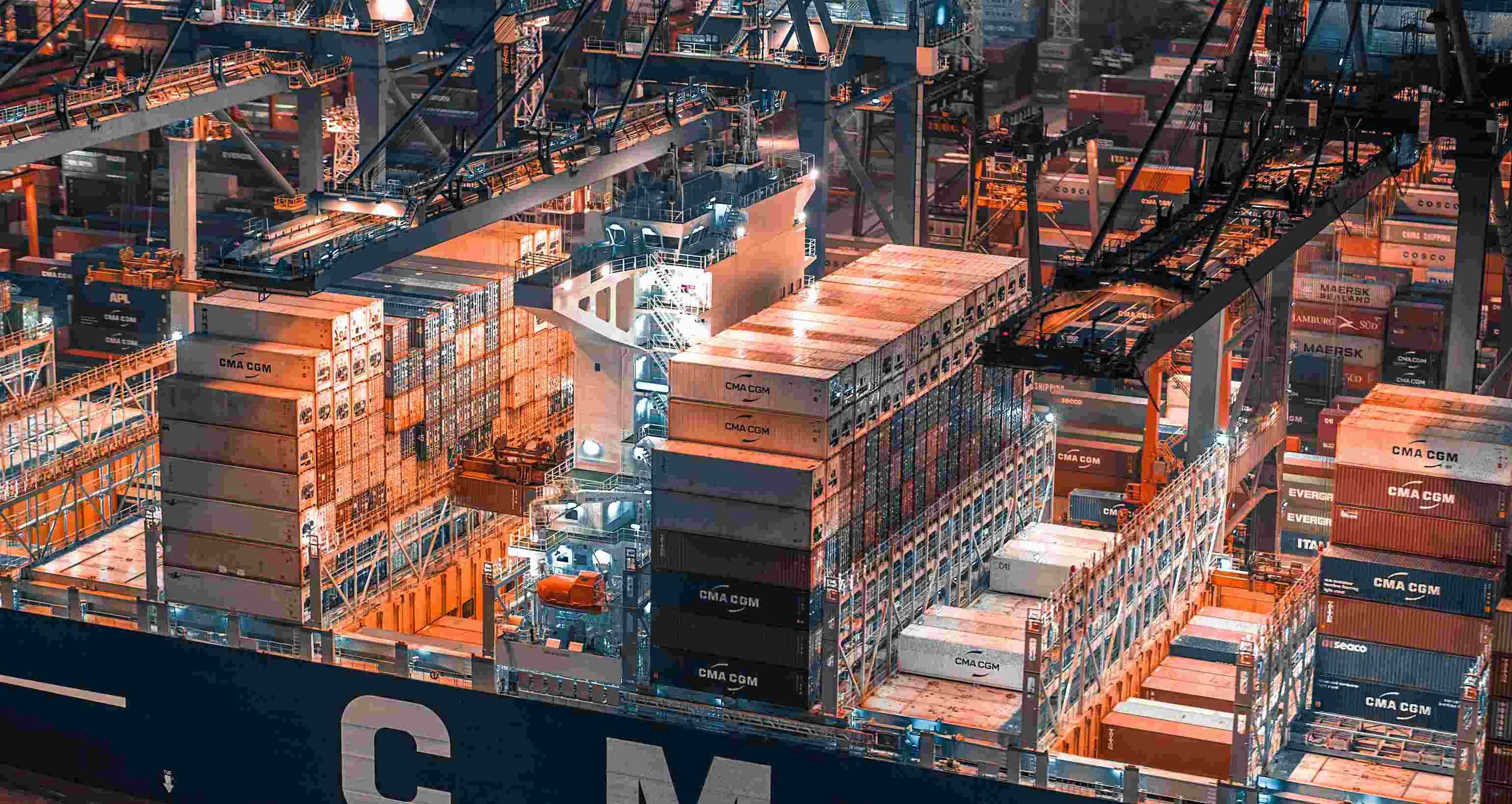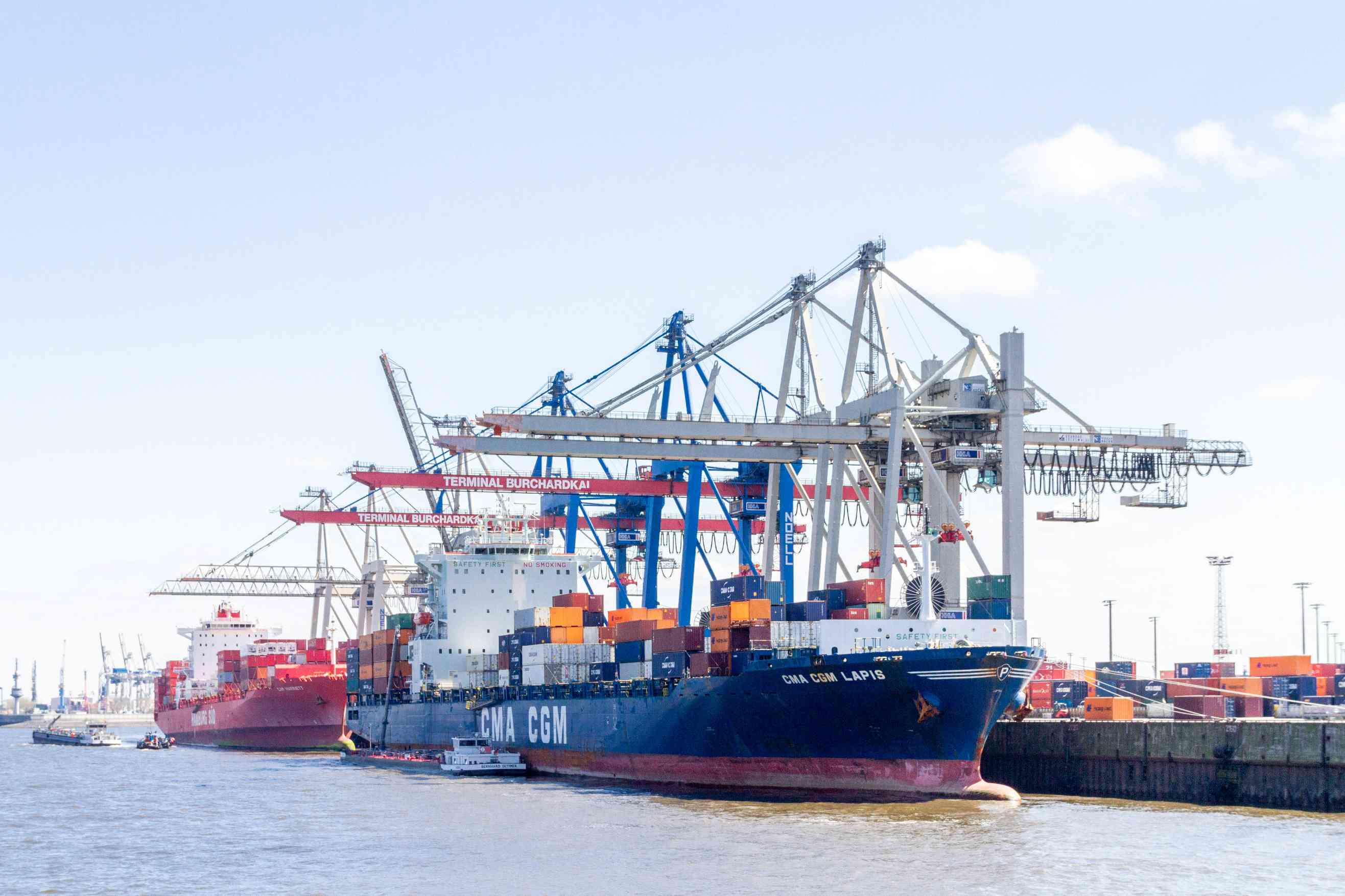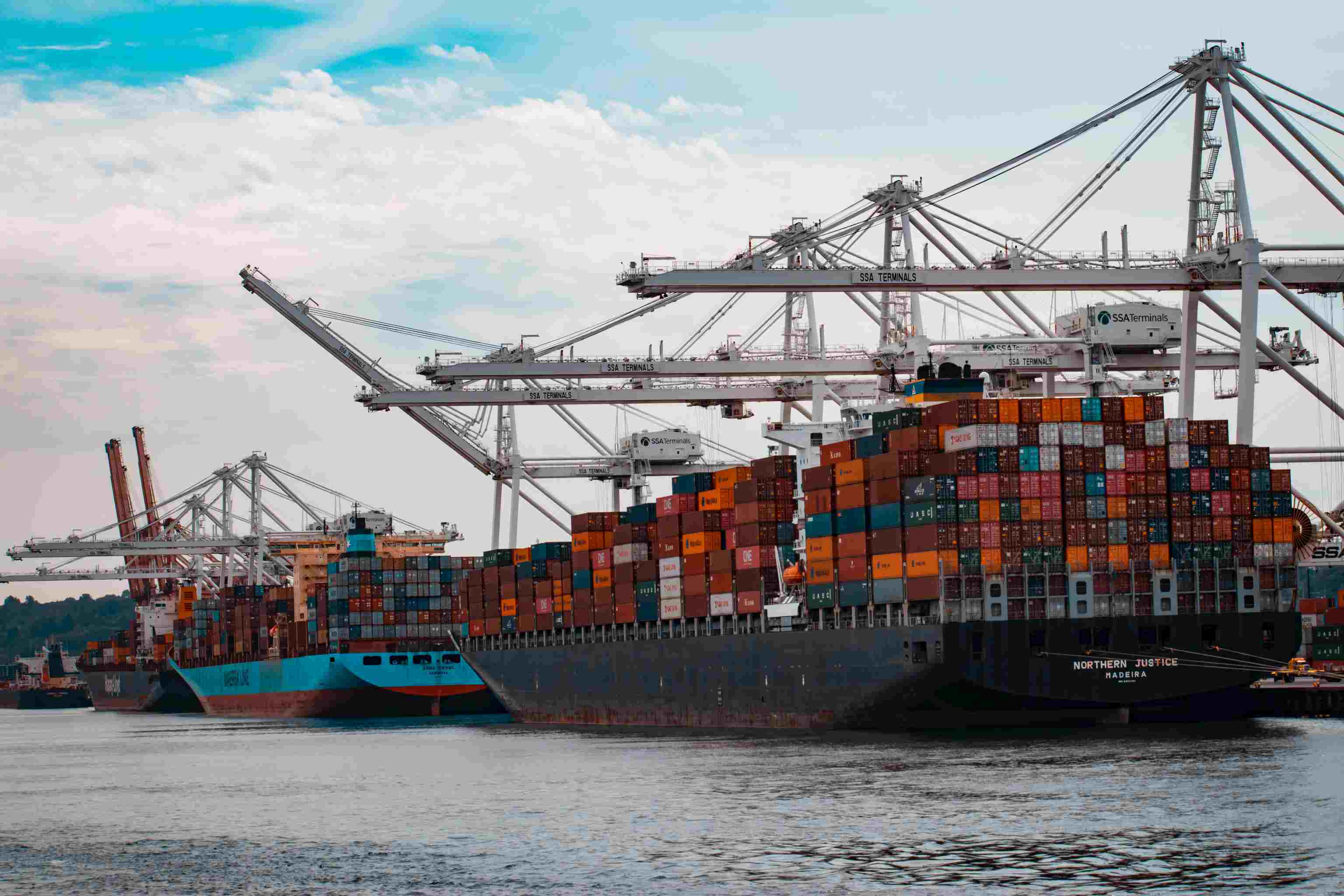In the fast-paced realm of international trade, air shipping plays a pivotal role in
ensuring the timely and efficient movement of goods across borders. As one of the leading nations in global exports, China stands at the forefront of this logistical dance. This article delves into the intricate web of air shipping rates from China, exploring the myriad factors influencing costs and providing insights into navigating this dynamic landscape.
Factors Influencing Air Shipping Rates
Fuel Prices
The heartbeat of air shipping rates is intricately tied to the volatile nature of fuel prices. Jet fuel costs can fluctuate dramatically,
causing a ripple effect on freight charges. As geopolitical tensions and market dynamics influence oil prices, businesses engaged in international trade must navigate this ever-changing landscape to make informed decisions and mitigate cost variations.
Currency Fluctuations
Currency fluctuations add another layer of complexity to air shipping rates from China. Exchange rate movements can impact the competitiveness of rates, affecting both importers and exporters. Staying vigilant to
these currency shifts and strategically timing shipments can be crucial in managing costs effectively.
Seasonal Demand Shifts
Air shipping rates experience ebbs and flows with seasonal demand shifts. During peak seasons, such as the holiday rush, prices tend to surge due to
heightened demand for air cargo space. Businesses must be strategic in planning shipments to optimize cost-effectiveness, potentially exploring alternative transportation modes during peak periods.
Technological Advancements
Advancements in aviation technology contribute to the evolving landscape of air shipping rates.
More fuel-efficient aircraft and improved cargo handling processes can positively influence costs. Staying abreast of these technological developments allows businesses to align with carriers that adopt efficiency-driven practices, potentially leading to more favorable pricing agreements.
Understanding Freight Classifications and Rates
Express, Standard, and Economy Air Shipping
Understanding the nuances of express, standard, and economy air shipping is crucial for businesses aiming to
balance speed and cost-effectiveness. Each classification comes with its own set of advantages and cost implications, requiring careful consideration based on the nature of the goods being shipped and the urgency of delivery.
Dimensional Weight Pricing
Dimensional weight pricing adds a layer of complexity to air shipping rates. As carriers move towards charging based on package volume rather than weight alone, businesses must
optimize packaging to avoid unnecessary costs. This shift emphasizes the importance of efficient space utilization in cargo, promoting sustainability and cost-effectiveness.
Cargo Characteristics
The nature of the cargo itself plays a pivotal role in determining air shipping rates. Fragile or hazardous goods may incur additional charges
due to specialized handling requirements. Familiarizing oneself with the cargo classification system and ensuring compliance with international regulations is essential for accurate rate calculations.
Recent Changes in Shipping Regulations
The landscape of international shipping regulations is ever-evolving. Businesses must stay informed about
recent changes that may impact air shipping rates. This includes updates on customs procedures, security protocols, and other regulatory aspects that can influence the overall cost and efficiency of shipments.
Negotiating Competitive Air Shipping Rates
Building Relationships with Freight Carriers
Establishing strong relationships with freight carriers is a cornerstone of negotiating competitive air shipping rates. Regular communication, mutual trust, and
a clear understanding of business needs create a foundation for fruitful partnerships. Carriers are more likely to offer favorable rates to trusted partners with a consistent shipping volume.
Leveraging Volume Discounts and Long-Term Contracts
Businesses can harness their shipping volume as a negotiating tool. Negotiating volume discounts based on committed shipment volumes
incentivizes carriers to offer more competitive rates. Long-term contracts further solidify these agreements, providing stability and predictability in pricing structures.
Optimizing Packaging
The way goods are packaged can significantly impact air shipping rates. Optimizing packaging to reduce dimensional weight and minimize wasted space
ensures efficient use of cargo space. Collaborating with packaging experts and carriers can unveil innovative solutions that enhance cost-effectiveness without compromising the integrity of the goods.
Utilizing Freight Forwarders and Consolidators
Freight forwarders and consolidators play a crucial role in securing cost-effective air shipping solutions. These intermediaries leverage their expertise, networks, and aggregated shipping volumes to negotiate competitive rates on behalf of businesses. Collaborating with these professionals can
provide access to a wider range of options and potentially lead to substantial cost savings.
Conclusion
Navigating air shipping rates from China requires a nuanced understanding of the multifaceted factors at play. Businesses that strategically manage fuel price fluctuations, currency risks, and leverage innovative shipping solutions will position themselves to thrive in the competitive world of international trade.
